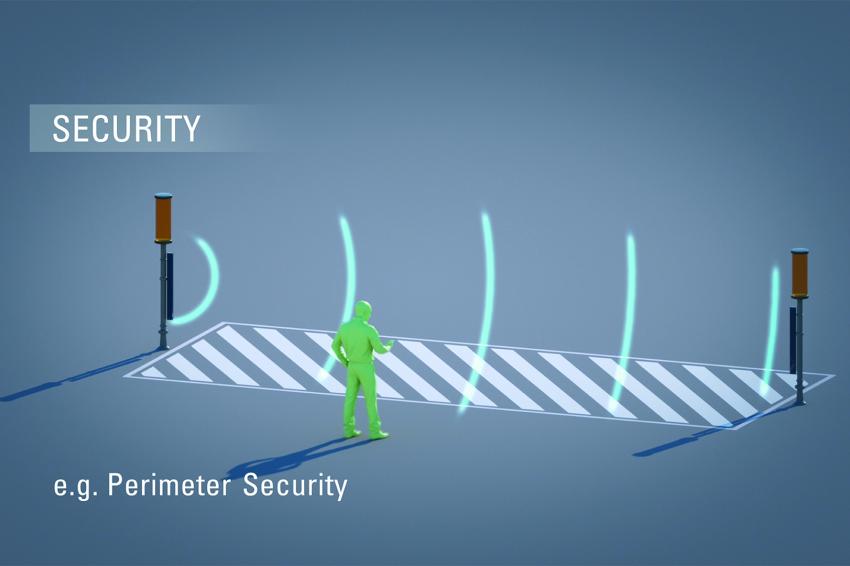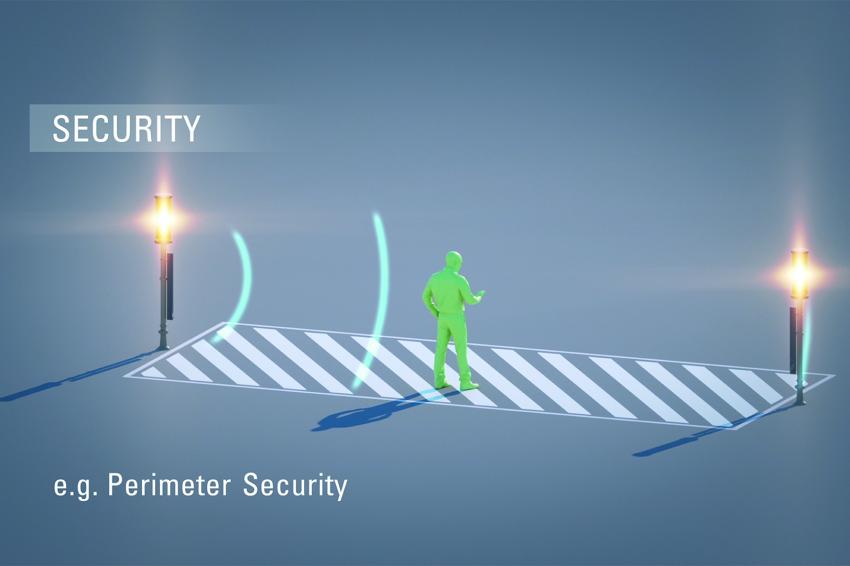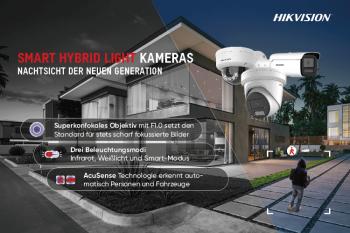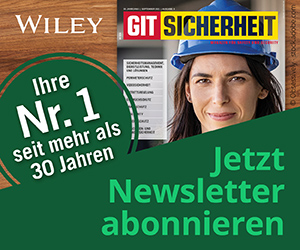Reliable Detection of Intruders Thanks to Radar Barriers
04.09.2019 - The moats and walls of yore have given way to high fences and state-of-the-art security technology protecting properties, installations, or buildings. Modern security experts ascri...
The moats and walls of yore have given way to high fences and state-of-the-art security technology protecting properties, installations, or buildings. Modern security experts ascribe the different protective measures for restricted and hazardous areas to the field of perimeter protection. This includes, for example, the protection of critical industrial premises such as power plants, border security, securing open spaces or the surveillance of fenced-in areas, facades, and buildings. Besides physical barriers such as fences, staff members are usually deployed as well. However, the days when night watchmen once patrolled are long gone. Guards’ tasks are now taken on by inconspicuous electronic helpers. The person on guard sits in the control room with surveillance monitors and waits for the alarm.
Sensors are an integral part of perimeter protection. In order to obtain as much information as possible about intruders as soon as possible, concealed, virtual barriers are installed in front of a critical area. A sort of invisible barrier that sounds the alarm when interrupted by a person. This way, the security guards are warned before an intruder makes it past the mechanical obstacle. The barriers secure a particular section, such as the entry area, or monitor one whole side of the fence.
Technologies such as cameras, radar, or infrared offer various solutions in terms of perimeter protection. Each technology entails different benefits and drawbacks. However, they all have the same goal: to minimise false alarms for the highest possible efficiency and maximum safety.
Infrared vs. Radar Barrier
One special application in perimeter protection is the electronic barrier. Here, infrared and radar technology has proven itself. When installed in a concealed manner, the virtual barrier is not visible to the human eye. Considerations must be made as to which technology is best-suited depending on the area of application. The general operating principle is the same for both barriers. In front of the area meant to be protected, a receiver is placed on one side and a transmitter is placed on the other in parallel. The transmitter continuously sends a signal to the receiver on the other side. As though an invisible cord were pulled taught between the transmitter and receiver. As soon as an object interrupts the signal, the security staff are informed.
Radar sensors are now very present in perimeter protection. Their benefits are particularly clear to see in outdoor use. They are considered to be a reliable and maintenance-free security technology, even under extreme conditions. After all, the system works with electromagnetic waves whose signal remains fully functional regardless of weather, light or temperature conditions. Dirt, dust, or sand do not disrupt the sensors or cause false alarms.
Radar barriers sound the alarm as soon as a person touches the electromagnetic tripwire and interrupts the continuous signal. The sensors thus also detect attempts to manipulate them by covering them up. Thanks to its long range, a radar barrier monitors very long distances.
Another advantage lies in its tolerance range with the transmitter and receiver set up in parallel. Contrary to the infrared light barrier, the electromagnetic waves do not run directly in a line, but rather in a cone shape, thus generating a wider detection area. An exact point-to-point alignment like for infrared barriers is not required.
The Problem of Interference
A challenge for radar barriers lies in potential interference with other radar products of the same frequency in the immediate vicinity. Innosent resolves this problem and offers a radar barrier with a modular frequency. Its configurability allows multiple virtual barriers to be placed next to each other, one above the other and at different heights, without causing interference signals. This feature also allows the installation of and combination with other radar sensors. They provide additional, useful information such as the direction of movement or speed and boost efficiency and response time.
In particular for the surveillance of open spaces or the protection of large building or industrial complexes, multiple products and technologies are combined in order to ensure comprehensive protection. The Innosent radar barrier boasts a range up to 300 metres. The product is flexible and can be used for smaller distances too. Its mobility and adaptability also enable it to be retroactively installed into an existing security concept. The area of application of the invisible guard spans high-security areas such as power plants, prisons, borders, and airports as well as industrial installations such as oil refineries or solar parks.
With regard to Industry 4.0, many additional applications for radar barriers beyond perimeter protection will arise in the future. The securing of autonomous machines is already a major task that makes use of invisible radar barriers. Thanks to its many advantages and greater cost-effectiveness, radar in its various forms is increasingly gaining a foothold within the security industry. Technological progress through the use of AI has many further intelligent and useful developments in store for us. Many companies will tackle the subject of radar technology over the coming years. It will soon prove indispensable to address this complex area in the field of security.












